How can mindfulness strategies help improve your health?
This week’s feature article fascinates me as I have experienced the adverse effects of inadequate sleep on and off for a long time.
Sometimes the most straightforward strategies can have the most significant impact. Take a moment to refresh your memory with these tried-and-tested methods. Happy sleeping! 😴
Bridging the trust gap between leadership and engineering
It is a serious commitment across all leadership, teams, and individuals – a real Leap of Faith!
In 2016, Forbes assessed the risk of failure in digital transformation to be 84%. Today, Harvard Business Review indicates that the rate of digital transformations failing to meet their original objectives averages at 87.5%. Taking into account margins of error, we are essentially stagnant in our ability to improve.
Five years ago we identified Talent & Tools were lacking but that is not the case today. Leadership reluctance is the new bottleneck which is in dire need of being addressed.
The divide between Engineering Agility and Organizational Acceptance has never been as great as it is today. A leap-of-faith is only possible when actionable trust boundaries and mutual commitment exists.
Keeping Your Eyes on the Prize – Considering Digital Transformation
Change is inevitable, and therefore it is paramount to keep your eyes on the prize and adapt accordingly.
The benefits of digital transformation make it a very enticing proposition: improved efficiency, better customer experience, greater agility, competitive advantage, … the list goes on. Transformation may be desirable, or even necessary, but one thing is for sure: it takes time, costs money and carries risk.
And for large-scale transformations, the time can be lengthy, the costs high and the risks significant. Unfortunately, as with so many change initiatives, too often expectations are not met. It doesn’t happen overnight; it happens over weeks, months or even years.
Transformation may be reflected as a theme of the organization’s strategy or a specific initiative.
How to deliver a successful ESG strategy
Habits that cause small increases in emissions when a company is small are magnified as it grows, leading to ballooning emissions over time.
Over the last 20 years, there has been a massive cultural shift in the business world. The elements that have always been considered essential for business success (e.g., a strong value proposition, product–market fit and sound financial planning) remain relevant, but they are no longer enough. There is a new necessary component today: an appropriate environmental, social and governance (ESG) strategy.
The pressure for companies to measure up on ESG comes from all fronts — regulatory bodies, customers, investors and even their own employees. In its early days, a business may still be able to prosper without devoting too much thought to ESG, but as it grows larger and time goes on, this becomes much less likely.
The Quantum Frontier: Disrupting AI and Igniting a Patent Race
Quantum computing signifies a monumental leap forward for AI, offering unparalleled computational strength and efficiency.
The contemporary computer processor — at only half the size of a penny — possesses the extraordinary capacity to carry out 11 trillion operations per second, with the assistance of an impressive assembly of 16 billion transistors.[1]
This feat starkly contrasts the early days of transistor-based machines, such as the Manchester Transistor Computer, which had an estimated 100,000 operations per second, using 92 transistors and having a dimension of a large refrigerator. For comparison, while the Manchester Transistor Computer could take several seconds or minutes to calculate the sum of two large numbers, the Apple M1 chip can calculate it almost instantly.
Such a rapid acceleration of processing capabilities and device miniaturization is attributable to the empirical observation known as Moore’s Law, named after the late Gordon Moore, the co-founder of Intel. Moore’s Law posits that the number of transistors integrated into a circuit is poised to double approximately every two years.
5 Strategies for Managing Unstructured Data
Managing unstructured data is crucial for companies to unlock valuable insights, improve decision-making, and enhance efficiency.
One of the major challenges today’s companies face is trying to harness unstructured data, digital information that can’t be stored efficiently in relational databases because it doesn’t use pre-set data models.
Most companies have been accumulating massive amounts of unstructured data, including images, audio or video clips, emails, social media, documents, and more for years. And as such, they’re sitting on a treasure trove of data that they’re not putting to good use.
All this data contains valuable information that can help organizations make better, more informed business decisions, enhance their processes and products, and operate more efficiently.
However, because of the volume, variety, and velocity of unstructured data, organizations often find it difficult to uncover the insights they need to make the best business decisions. Additionally, the quality of this unstructured data is not as good as the quality of structured data, which means companies need to clean and enrich it to make it usable.
“If you want to understand someone’s sleep, ask them about their day.”
Long ago, I heard a sleep specialist say these words and the longer I teach and practice mindful leadership, the more I experience them as true. The quality and duration of our sleep is a direct result of the choices we make each day. We are a society with an epidemic of poor sleep. And with all the uncertainties and changes in our lives, it is not surprising. But sleeplessness or poor quality sleep was an epidemic even before today’s many challenges.
Just look at the vast array of sleep aids available in the market. How many have you tried? But the best, most rejuvenating sleep does not come from a bottle. It comes from allowing the body to naturally ease into sleep, and then to allow ourselves to sleep undisturbed until we are well-rested.
Does that sound like an impossible task? Well, it is actually quite simple if you are willing to be patient and consistent. If you follow these mindfulness steps, you might soon find that you have learned the secret to sleeping more regularly and more deeply. Sweet dreams may be right around the corner!
THE DIGITAL EYE
I hope these articles are valuable.
I am passionate about technology, and I want to share that passion with you. I believe that it’s essential for everyone to stay up-to-date on the latest trends, so I’ve set out to cover all aspects of the industry – from data analytics to blockchain and AI.
Please let me know if you want to see any other topics covered, and I would appreciate your help sharing this blog with others interested.



